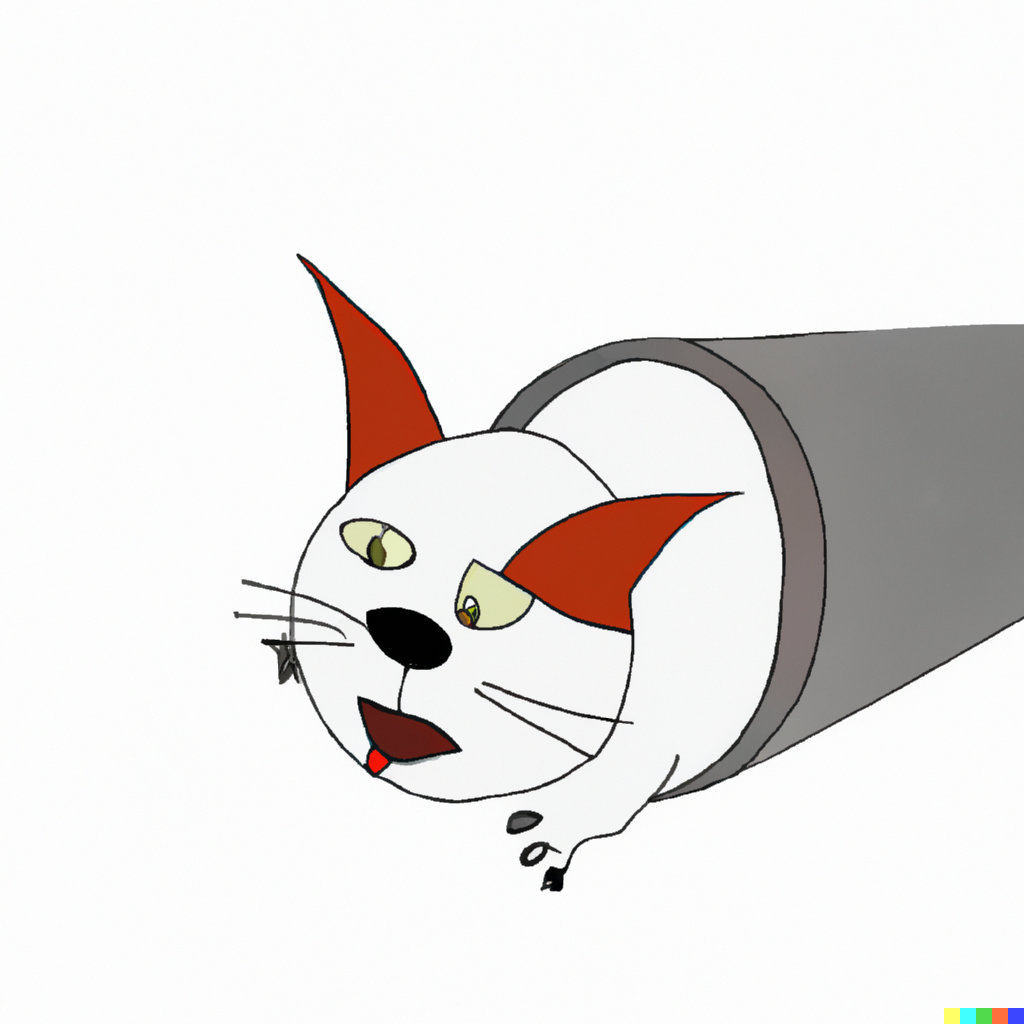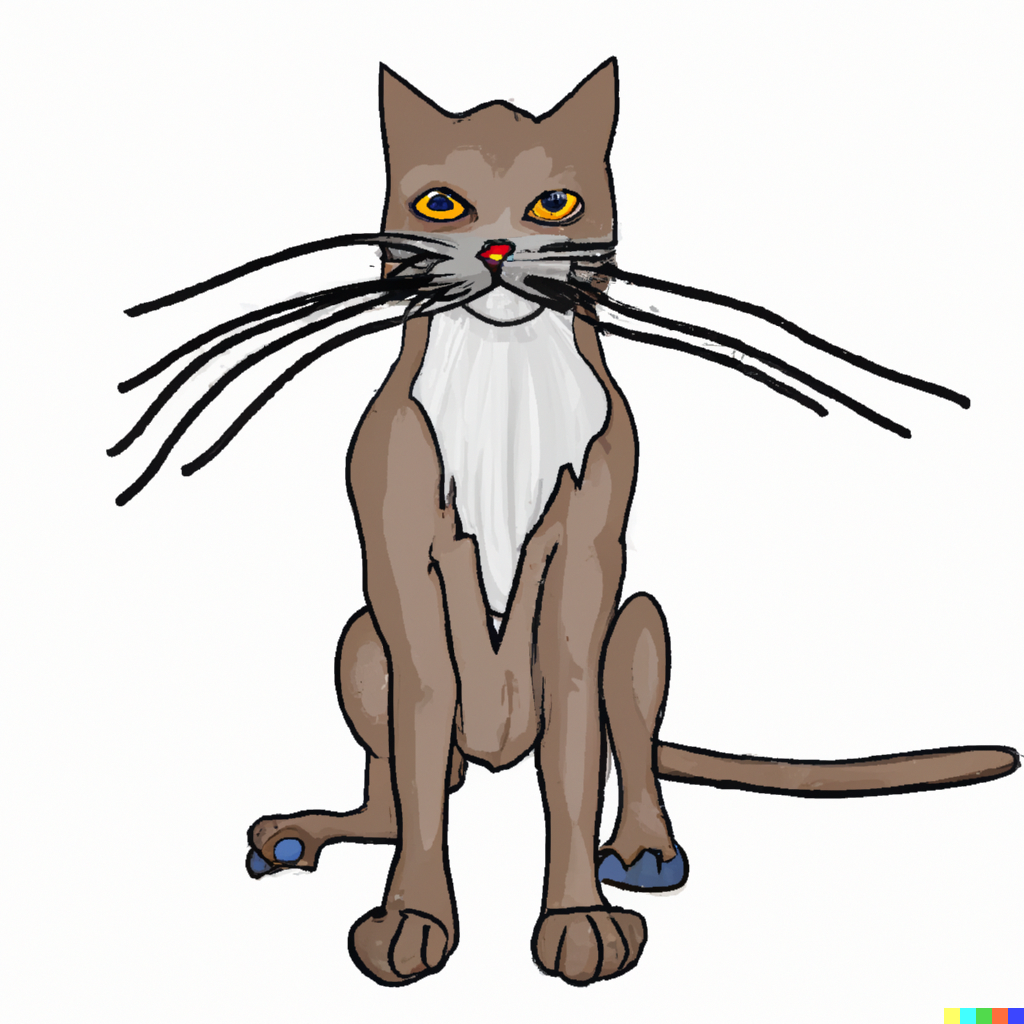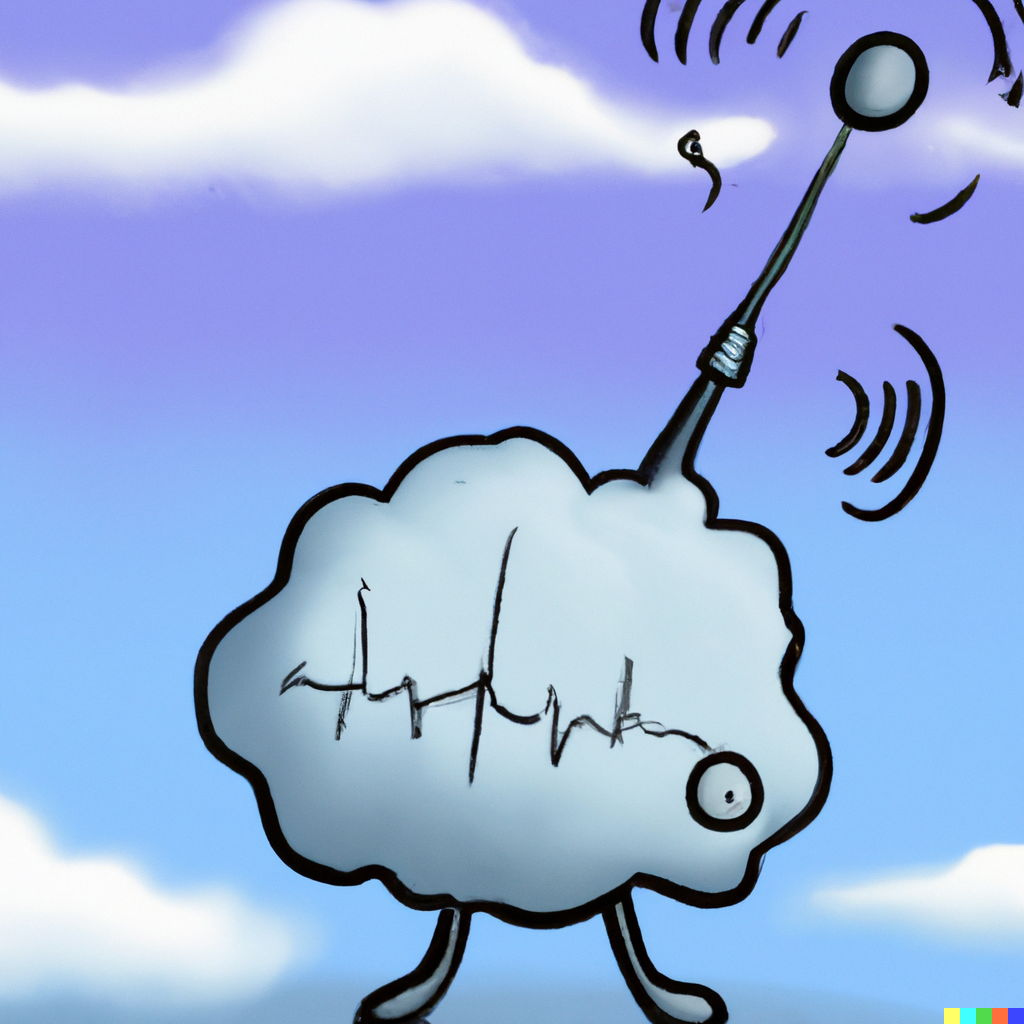
A cat’s whiskers function as sophisticated tools for navigation and perception. These hair-like structures are deeply embedded within the cat’s facial tissue, connected to muscular and nervous systems that convey precise information about its surroundings. The whiskers allow the cat to perceive space, sense obstacles, and guide its movement through the world. Cut them too short, and they will get into quite a pickle. Extend their whiskers and they will think that they have huge bodies. I was once mortified when my brother trimmed HALF of our family cat’s whiskers off. I still feel mortified when I think of it. Perhaps that’s why I am sitting here comparing cat whiskers to the human brain, with regard to how they help orient a being’s sense of self.


The Human Brain, Local consciousness, and Non-Local Consciousness
Like a cat’s whiskers, the human brain is the vehicle through which we experience the concept of a localized self. Certain brain areas, like the temporoparietal junction and the prefrontal cortex, are involved in self-awareness and the sense of being in a body. When these areas are affected due to injury or specific altered states of consciousness, the perception of self can change dramatically, and quite in line with empiricists like Locke and Hume who viewed the self as a mental construction based on sensory input streams. People with altered states of consciousness due to injury (etc) report a non-dual Awareness where the boundaries between self and other dissolve. It’s the sense of Oneness, interconnectedness.
The brain, like the whiskers let’s us have a sense of self. What’s me and what’s not me. How big am I? Etc. In the case of Body Integrity Identity Disorder (BIID), a condition where an individual feels an intense desire to amputate a healthy limb, it is believed that there might be a mismatch between the brain’s internal body map and the physical body. Some theories suggest that the area of the brain responsible for body image, such as the right parietal lobe, might be involved in BIID. When there is a disconnect between the brain’s representation of the body and the physical reality, it can create a profound sense of unease and longing for alignment with the perceived “true self.” In other words, the localized self construct is off. We see the opposite effect with phantom limb.
You might have experienced something similar after going to the dentist. One time, not realizing that the anesthesia was affecting my inner-ear, I made my ear bleed because “I felt something in there.” That something of course, was just my poor, dear little ear part… they were just numb so they felt foreign to me. What’s this not-me-ness and why is it bleeding?
Our day-to-day sense of “being in a body,” and the rare conditions mentioned above, all align with interpretations of non-local consciousness, where our individual identity and sense of being in a body are constructs of the brain. More and more scientists theorize that consciousness is not produced by the brain but is a universal, fundamental phenomenon. The brain acts as a receiver or interpreter of this Consciousness, localizing it within our individual experience.


So, the brain’s role in our sense of self can be likened to a cat’s whiskers’ role in navigating space:
- Cat’s Whiskers: They give the cat an understanding of its body in relation to the physical world, allowing it to move and function effectively. If whisker length is adjusted, shenanigans will ensue.
- Human Brain and local consciousness: Our brain gives us a localized understanding of ourselves in relation to the universe (and ‘beyond’). Just like whiskers tell a cat “You’re this big,” the brain takes the vastness of non-local Conscious Awareness, filters out tons and tons and tons and tons of info to say “You’re this big,” creating a sense of local conscious awareness that helps us navigate all of the Earthling trials and tribulations.
While “in a body” we mostly experience local conscious awareness. The body filters our nonlocal Conscious Awareness (and our connection to the superconscious, aka the LARGER CONSCIOUSNESS FIELD) into our individual experience, defining our perception of self and reality. We have limited access to information and the nature of Consciousness based on how the biological spacesuit does its filtering. Brain boo-boos, etc can free us from the experience of “being in a body,” or may have us believe that our body parts are “not ours.” Brain boo-boos, nondual practices, etc, can help/”help” us connect to our own Conscious Awareness (eg our Quantum Selves) and to the Conscious Awareness of the LARGER CONSCIOUSNESS FIELD.
Dr. Jill Bolte Taylor, a Harvard-trained brain scientist, narrates her own experience of a stroke in her left brain hemisphere in her book My Stroke of Insight: A Brain Scientist’s Personal Journey. When the stroke occurred, Taylor lost her usual cognitive functions and sense of individuality but, remarkably, found herself in a state of profound interconnectedness and expansiveness. Without the usual filters and processing that the brain applies to create a sense of self and separateness, she described feeling at one with the universe. This experience underscores the idea that our perception of being separate individuals within our bodies is a construct of the brain. In certain altered states of consciousness, whether through injury or deep meditation, this construct can dissolve, revealing an underlying sense of unity and conscious awareness that transcends our usual understanding of self. Taylor’s personal journey provides a powerful testament to these concepts and contributes to a broader understanding of consciousness and the mind.
Recent advances in neuroscience lend credence to the theory that consciousness is a universal phenomenon, not produced by the brain but received and interpreted by it. Neuroscientists have identified certain regions like the temporoparietal junction that are involved in constructing our sense of self. Brain imaging shows that transcendental states where the separation between self and other dissolves correspond to a quieting of default mode network (DMN) regions associated with ego identity.
This aligns with Karl Pribram’s holonomic brain theory, which models the brain as a “quantum hologram” able to encode consciousness as interference patterns across neural networks. Pribram theorized that consciousness exists as wave frequencies that the brain receives, processes and projects into our subjective experience. This also relates to physicist David Bohm’s idea of an “implicate order” where everything is enfolded into an underlying universal consciousness.
Quantum physics also provides perspective on non-locality. Particles that are “entangled” retain interconnectivity regardless of distance, suggesting information transcends space-time. Dean Radin’s consciousness experiments indicate that mind can influence matter at the quantum level. Nonlocal quantum potentials encoded in space itself may serve as a substrate for consciousness according to Sir Roger Penrose. These quantum insights bolster the case for consciousness as a fundamental rather than emergent phenomenon.
Physicist Joachim Keppler’s DIWISS (Dynamics In Wave Self States) theory provides a unifying framework for understanding consciousness through a field-based model. DIWISS proposes that individual consciousness emerges from resonant standing waves generated by the brain within a proto-conscious field that underlies all of existence. The brain acts akin to an antenna, tuning into particular frequencies of this universal field to create subjective experience and a sense of self.

The specific resonance patterns determine the qualities of one’s consciousness. DIWISS integrates principles from neuroscience, quantum physics, and Eastern spiritual traditions into a coherent model of consciousness arising from dynamic waveform dynamics. By grounding consciousness in the physics of fields and resonance, DIWISS theory aims to account for phenomenology as well as nonlocal connections, altered states, and the origin of consciousness. Joachim Keppler’s work strives to bridge science and spirituality by proposing that the unified “one consciousness” of the primordial field diversifies into individual minds through the brain’s ability to encode resonant frequencies within this omnipresent field.
Neuroscience, quantum physics, and accounts of experiences all point to consciousness as nonlocal. (Eg Jill Bolte Taylor’s experience of profound unity when her brain’s localization functions were impaired, Near Death Studies, reincarnation research, etc). Though the brain enables our everyday perception of individual self, deeper examination reveals we are localized manifestations of conscious awareness.